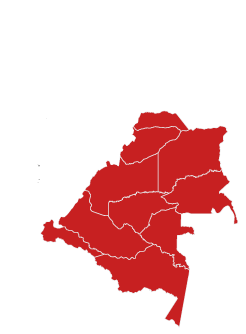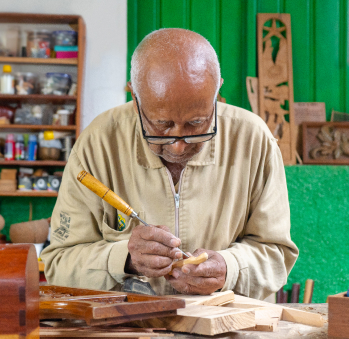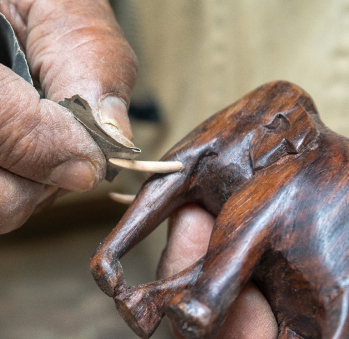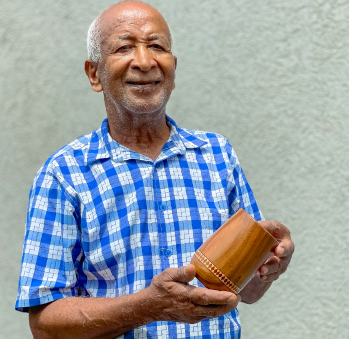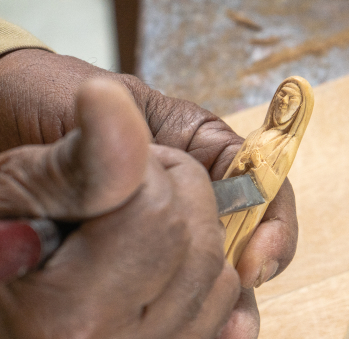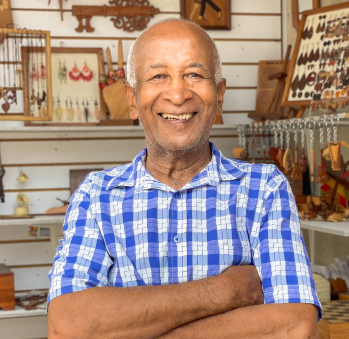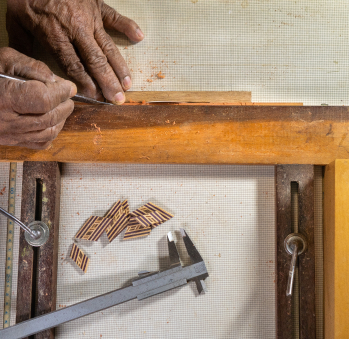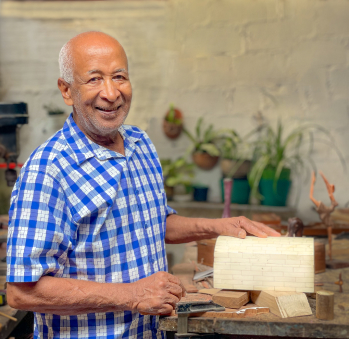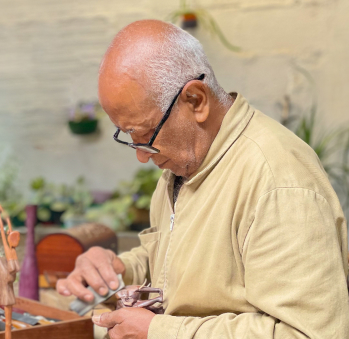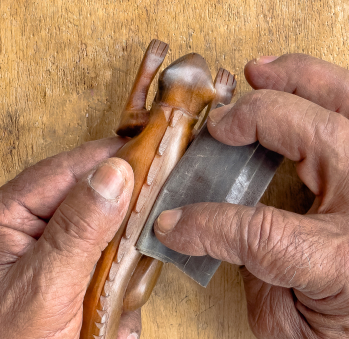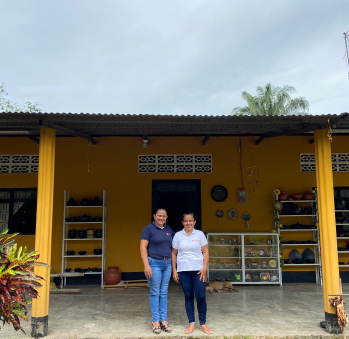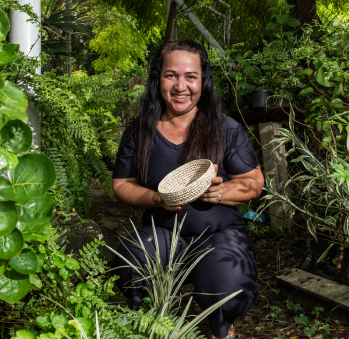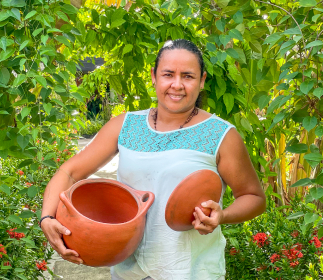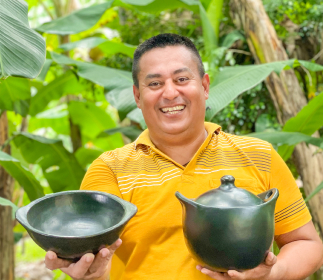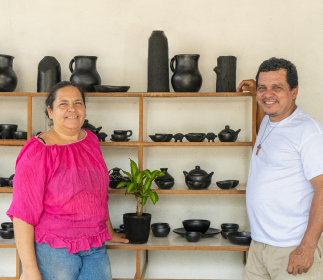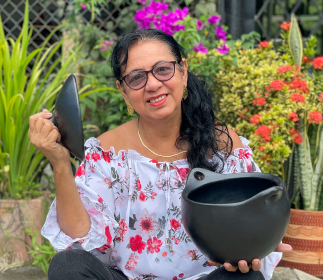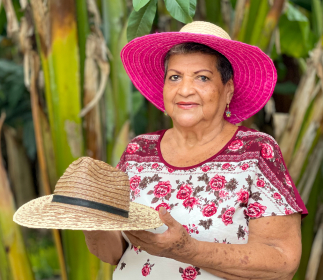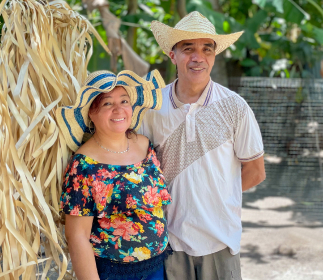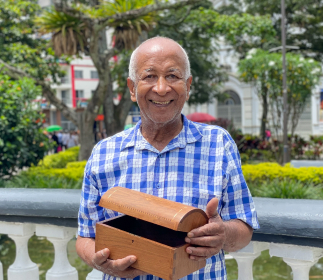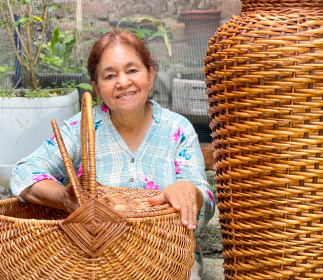José Cristóbal Gómez
Taller: La Estrella de madera
Oficio: Trabajos en madera
Ruta: Ruta Ibagué-Chipuelo
Ubicación: Ibagué, Tolima
Nacido en el Tolima en 1948 e hijo de padre liberal y madre conservadora, José Cristóbal sabe lo que significa la violencia. Huyendo de la persecución por filiación política, trasegó con su familia por Antioquia y la Costa Atlántica para, luego, vivir la violencia íntima, pues los abandonó el padre y, así, terminaron regresando con su mamá a San Antonio, Tolima. Su crianza, como la de tantos niños colombianos, estuvo en manos de su madre, su abuela y la esposa de su tío. Y de ellas habla con inmenso cariño, acaso como fuente de su talento artesanal y del ejemplo que fueron para él al verlas siempre incansables trabajando; después de las mil labores del hogar y del campo, el domingo era para el baño de los niños y el arreglo de la ropa, bordando y cosiendo con máquina de manivela. Él, que tenía buen dibujo y mano firme, les hacía figuras de colores sobre los tejidos y arreglaba sus alpargatas. Recuerda que su niñez fue ayudando en la casa. A las cuatro de la mañana, molía el maíz para las arepas, luego iba a traer la yuca para picarle a las gallinas y echarles a los cerdos, también cargaba la caña para echarle a los caballos, a las mulas y a los burros. Seguía recoger el ganado para el ordeño de las vacas y, muchas veces, llevar esa leche al pueblo, a más o menos una hora de camino, para ser vendida. “No es que uno pudiera decir amanecí con gripa o es que no puedo, nada”, cuenta sin freno, aunque sin queja.
Como el hombre de la casa, debía acompañar al arriero a hacer las vueltas de la finca, y fue con él que aprendió cosas nuevas: “coser el arretranco de una enjalma, manejar las agujas de arriar y las agujas capoteras”, todas labores de cosido de las sillas de montar y de carga de los caballos y mulas. “Uno tenía que coser y volverse habilidoso”, narra y nos recuerda que era un oficio delicado porque las costuras debían hacerse con mucho cuidado para no herir la piel del animal. Todo esto lo cuenta como un abrebocas, pues José Cristóbal no se dedica al tejido, aunque lo domine, como tampoco a la talla en hueso de cacho, en coco y en marfilina, aunque también domine sus técnicas y las haya practicado por años. Él encontró su vocación en la talla en madera, oficio que cultiva desde hace décadas, pero que elevó a la maestría desde 2006 cuando ingresó a la escuela de artes y oficios. Allí, no solo brilló con ese talento innato que tenía por la experiencia de trabajar con las manos sin interrupción desde niño, sino que se volvió un reputado maestro.
Su vida está sazonada de numerosas aventuras y desdichas que lo hicieron lo que hoy es, entre ellas la denuncia de rapto de su primera novia, un pequeño exceso de una mamá sobreprotectora, y que le acarreó celebrar su cumpleaños 19 en la cárcel. También le dio por ser policía de joven, con tan mala suerte de que le mataron a un hermano suyo que, siendo militar, señalaron de guerrillero y, por cuenta de que se puso a indagar qué había pasado, le “recomendaron” que no lo siguiera haciendo. Todo esto para contar que ese capítulo de su vida abrió numerosos ingresos y escapadas de la cárcel que lo llevaron a estar recluido un montón de tiempo en donde encontró en los oficios artesanales una fuente de crecimiento personal y redención. Recluido aprendió grabado y calado en metal, escultura en miniatura, talla de madera y en el marfil de las bolas de billar. Justamente, hace poco se inauguró un museo en el que fuera el Panóptico de Ibagué, y allí contó su historia como artesano: “realmente estoy demasiado orgulloso de lo que hago”, dice emocionado.
Desde entonces su vida es la madera. Empezó restaurándola en casonas coloniales, un trabajo que le dio reconocimiento y que combinó con todo el trabajo de ebanistería que hacía a domicilio en las casas que lo empezaron a llamar por su talento. Luego, por insistencia de una de sus clientas que, por casualidad resultó siendo la hija de un padrino que había tenido cuando niño, se metió a la Escuela de Artes y Oficios Santo Domingo, con la deriva natural de pasar de ser alumno a maestro por sus incuestionables habilidades. Supo aprovechar su saber y sumarle las tantas capas de conocimiento que recibió allí, imprimiéndole la sofisticación y acabados que hoy lo caracterizan. Además, se volvió el digno sucesor de su profesor de incrustaciones en madera. Hoy, pasados sus setenta, sonríe por la vida que ha tenido y no reniega de su pasado, sino que lo muestra como un ejemplo en el cultivo de una vocación.
Artesanías
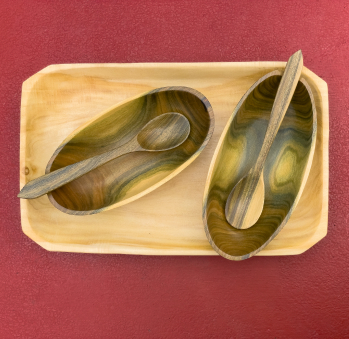
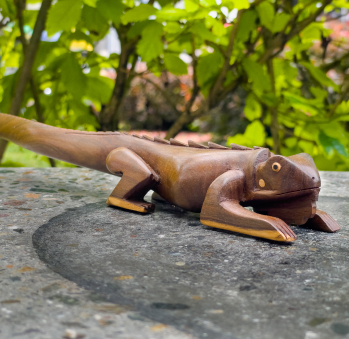
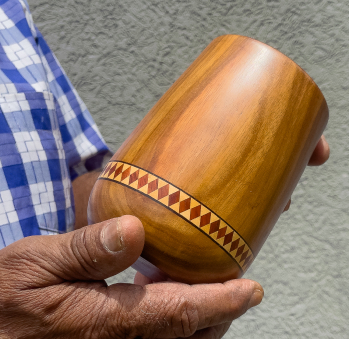
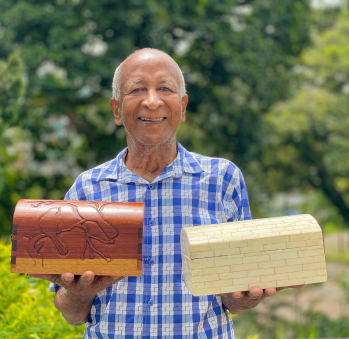
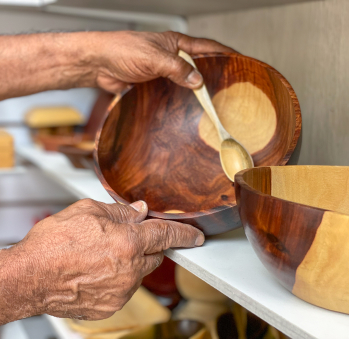
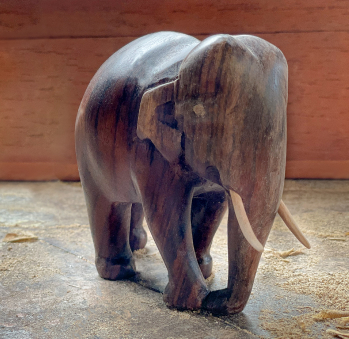






Artesanos de la ruta
Artesanos de la ruta
No puede copiar contenido de esta página


